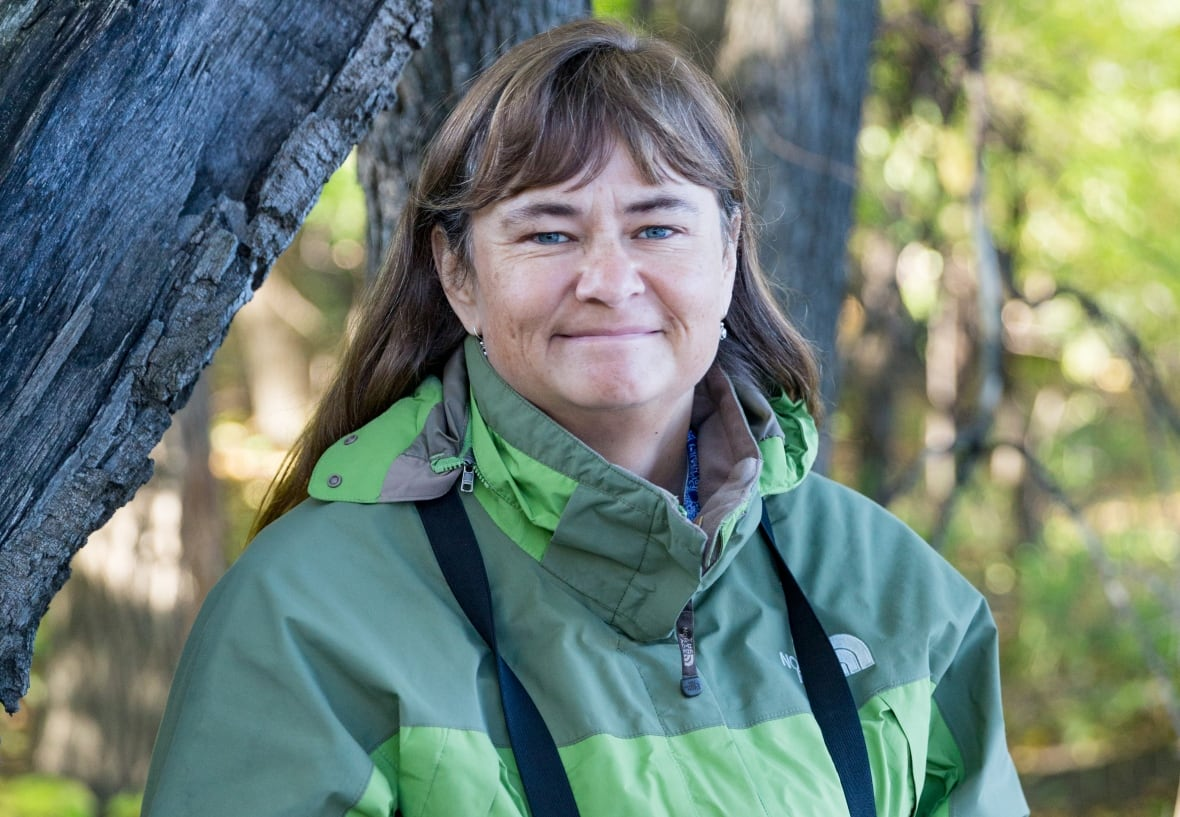By Dr. Nicola Koper
I probably notice numbers and statistics more than most people. I’m a professor and a biologist, so my life is steeped in numbers—not a day goes by that I’m not reviewing computer model outputs, teaching statistics classes, or assessing exactly how much an endangered species has further declined (sigh). So, I’ve been pretty drawn to survey results about how many folks in a population are queer—and how inconsistent those estimates are.
For a while, these discrepancies just bounced around in the back of my head a little bit, telling me … something—but I wasn’t sure what. I told myself that surveys are notoriously inaccurate, especially when they are about sensitive information, so it wasn’t surprising that their numbers didn’t quite agree. And one reason we survey people is to see how trends are changing over time—in that case, it doesn’t matter if survey estimates are wrong, as long as they are consistently wrong. But that’s not quite right.
One reason that this discrepancy has been so glaring for me is that I am Canadian, and official Canadian estimates of queer populations are way off base. Statistics Canada—our official government statistics agency—estimates that 4% of Canada’s population aged 15 and older is “LGBTQ2+” (their acronym). This is much smaller than estimates of 11% of Canada’s population from other surveys (LGBT+ identification worldwide by country 2021 | Statista; LGBT+ Realities Survey – Fondation Jasmin Roy), estimates of numbers of LGBTQ+ folks in America (LGBT Identification in U.S. Ticks Up to 7.1% (gallup.com), and world-wide estimates of 10-11% (Distribution of sexual attraction worldwide 2021 | Statista). Basically, there is no earthly way that Statistics Canada’s estimate can be accurate—all other evidence suggests that real numbers are likely 2.5 to 3 times higher. Statistics Canada tells us there are about 1 million queer folks in Canada, suggesting they are off by 1.5-2 million people. By anyone’s standards, that’s a major gap between estimates and reality.
Why care about these numbers, though? First, population estimates lead to funding—and a seat at the table to develop policies. A bigger population—i.e., a bigger voter base—gets way more attention. Second, in Canada, sexual orientation is one of 14 protected human rights (Canadian Human Rights Act (justice.gc.ca), meaning that there is significant protection for queer people here*. But in some ways that protection depends on estimates of how many queer Canadians there are. For example, it is common for job ads to state that an organization is committed to ensuring its employee diversity reflects the diversity of the Canadian population. This often leads to “strategic hiring” practices by large organizations (such as the federal government) such that hiring preferences may be given to members of minority groups if they are underrepresented by their current employee community. And here is the problem. If an employee community is 6% queer, and the organization uses Statistics Canada estimates to assess its diversity, the organization has exceeded its goals for representing Canada’s diversity in terms of sexual orientation—it’s got more queer people than it would aim for! Great job, Corporate Canada! But if it uses the estimates of how much of Canada’s population is queer derived from any other survey, then it has only about half of the percentage of queer employees found in society, giving the organization the clear message that it must continue to improve to achieve diversity. This might include strategic hiring, reviewing its culture and hiring practices to assess why queer people are underrepresented, developing new programs to increase inclusion, visibility, and representation, and generally acknowledging that something about its systems has resulted in its workforce being less diverse than Canada’s population. But none of this would be triggered by using Statistics Canada’s numbers. So there are very real organizational implications that follow from using Statistics Canada’s incorrect numbers.
But one statistic that is quite consistent among surveys, regardless of the culture or nation in which they are conducted, is that bi+ folks make up about half of all populations reporting queer identities (e.g. LGBT+ identification worldwide by country 2021 | Statista). I’m sure everyone reading this is aware that despite our predominance, there are far fewer resources for bi+ people than for folks with binary queer identities. My latest literature search using the Web of Science search engine shows that for every scientific research article about bi+ people, there are four articles about gay or lesbian folks. This means our needs are not well known, and that we have poor access to support services—as many of us have experienced in person. Thank goodness we have grassroots organizations like Bi Women Quarterly to support our community.
* Sexual orientation identity is not a federally protected human right in the USA—leading to many of the legal issues we’ve seen emerge across many states in the last couple of years.
Dr. Nicola Koper (Nicky) is a professor of conservation biology at the University of Manitoba in Winnipeg, Canada, and edits BWQ’s Research Corner.

